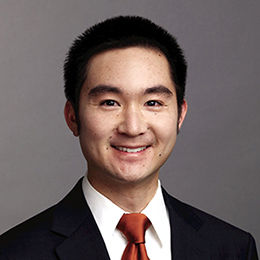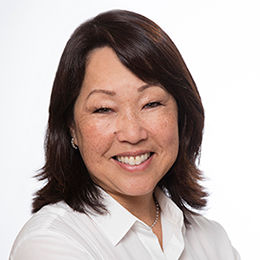Brachial Plexus Injury (BPI)

Brachial is Latin for “arm” and plexus means “braid.” The brachial plexus is the interlacing network, or braid, of five nerves that pass from the neck into the arm and hand. These crucial nerves regulate the movements of the hand, arm and shoulder and carry sensation back to the brain. When one, many or all of these nerves are damaged, it can result in brachial plexus injuries that inhibit the ability to flex or rotate the arm. Most of these injuries occur during birth. For example, when a large baby passes through a small pelvis, it can cause strain on the baby’s neck and the brachial plexus within it. But older children sometimes incur brachial plexus injuries, as well, from traumatic events such as falling off of a jungle gym or a car accident. Most brachial plexus injuries result from the bruising or stretching of the nerves.
With rest and sometimes therapy, most patients completely recover over time. In a small number of cases, however, if the nerves are severed, injury may persist and surgery may be required to achieve optimal range of movement. Complicating matters, it is often difficult to tell early on how serious the nerve damage is or whether it will heal, so diagnostic observation is key.
At Lucile Packard Children’s Hospital Stanford, our world-class team of pediatric specialists includes neurosurgeons, hand surgeons, orthopedic surgeons, neurologists, radiologists and a dedicated occupational therapist, all of whom are focused on treating brachial plexus injuries with optimal combinations of traditional and advanced therapies, including nerve reconstruction and nerve transfer.






























Connect with us:
Download our App: